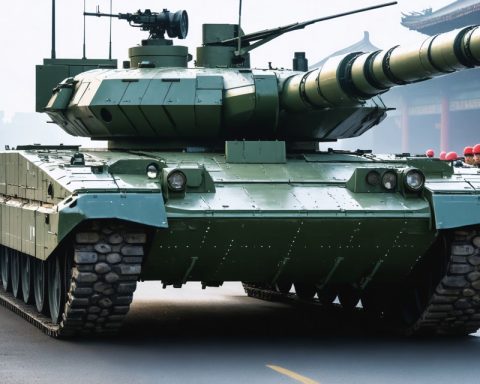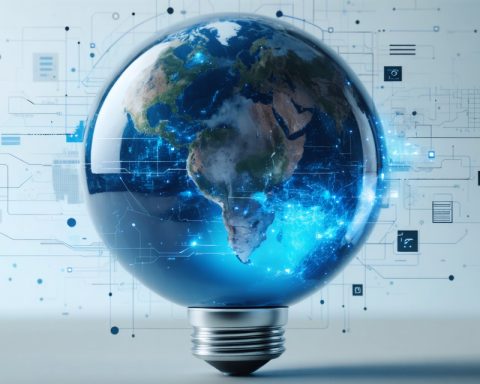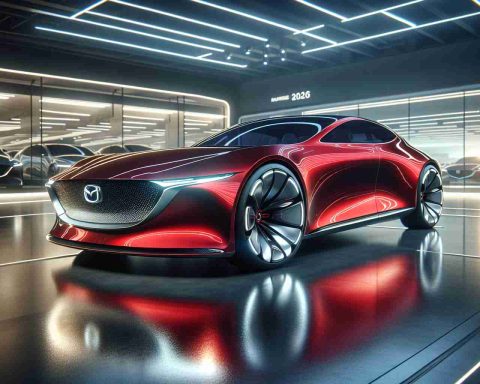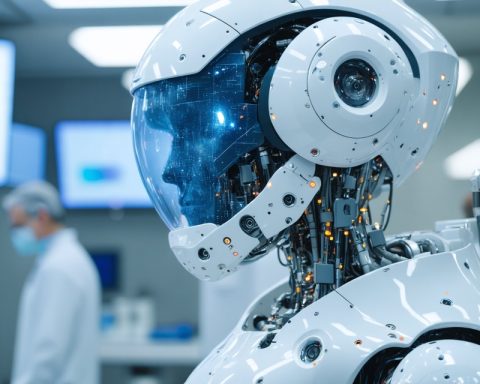- Artificial intelligence is transforming the concept of art, challenging the notion that creativity is exclusive to humans.
- AI art programs like DALL-E and DeepArt generate original and lifelike images by learning from vast datasets of existing artwork.
- AI art generators operate using neural networks that mimic human brain processes, learning patterns in textures, colors, and compositions.
- Critics question the emotional depth of AI-generated art, while supporters argue it democratizes creativity by allowing anyone to create art easily.
- The rise of AI art introduces ethical dilemmas, such as copyrights and the nature of art created by non-human entities.
- AI doesn’t replace human creativity but reshapes it, offering both potential benefits and challenges to traditional artistry.
The hum of computers in dimly lit rooms once signaled nothing more than the business of crunching numbers. Today, those same machines are crafting intricate works of art, challenging the long-held belief that creativity is a uniquely human trait. As artificial intelligence (AI) technologies evolve, they are redefining what art is and who—or what—can create it.
Imagine a digital canvas where algorithms, not pens, sketch striking landscapes or complex portraits. This isn’t science fiction; it’s the world of AI art. Programs like OpenAI’s DALL-E and DeepArt have captivated audiences with their ability to generate images that are uncannily lifelike and eerily original. These systems learn styles from a vast repository of artwork, then blend and remix elements to produce something entirely new and often breathtaking.
But how do these digital artists work? At their core, AI art generators rely on neural networks, which mimic the way human brains process information. They ingest thousands, sometimes millions, of artworks to understand aesthetic patterns. The AI learns textures, colors, and compositions, enabling it to predict what visual elements will result in compelling art. It’s a curious dance between data and creativity, with the AI sometimes reproducing the tropes of art history and other times pushing the boundaries of the imaginable.
While some critics argue that AI lacks the emotional depth of human artists, others welcome this technological revolution. AI creates an intriguing paradox: can something soulless produce soulful art? Proponents suggest that this technology democratizes creativity, allowing anyone, regardless of skill, to generate impressive artworks at the click of a button. It offers a new tool in the artist’s arsenal—an assistant that inspires rather than replaces its human counterpart.
However, the rise of AI art raises ethical questions. Who holds the copyright to an artwork created by an AI? And does it matter if masterpieces originate from silicon rather than synapses? As we wrestle with these questions, it’s clear that AI is not a mere addition to the artist’s toolkit; it’s a provocateur challenging the very essence of creativity itself.
In conclusion, artificial intelligence is changing the art world in profound ways. While AI doesn’t replace human creativity, it reshapes the creative landscape, inviting us to reconsider our relationship with technology. Like all revolutionary tools, AI in art offers both promise and peril. The challenge lies in harnessing its potential to enhance human creativity without eroding the artistry that makes us uniquely human. As the canvas of the future unfolds, the coexistence of human and machine marks not the end of art but the beginning of a bold new chapter.
Can Machines Create Masterpieces? Discover the Fascinating World of AI Art
Exploring the Fascinating World of AI Art
The emergence of artificial intelligence (AI) art is transforming the canvas of creativity, where machines are now crafting art pieces that question the long-standing belief that creativity is a uniquely human trait. Let’s dive deeper into the world of AI-generated art, exploring its processes, implications, and future.
How AI Art Generators Work
AI art generators, such as OpenAI‘s DALL-E and DeepArt, utilize advanced neural networks, which mimic the processing capabilities of the human brain. These neural networks absorb millions of pieces of artwork to recognize and learn aesthetic styles, patterns, textures, and colors. This vast data allows AI to create new, original artwork by remixing these learned elements into striking visuals.
Key Features of AI Art Generators:
– Neural Networks: Mimic cognitive functions to process complex visual data.
– Data Input: Ingest extensive databases of existing art to learn diverse styles.
– Style Transfer: Ability to mimic the style of renowned artists while creating original pieces.
– Interactivity: Users can guide or influence the creation process, customizing outputs.
The Pros and Cons of AI-Generated Art
Pros:
– Democratization of Creativity: Allows anyone to produce art regardless of skill level.
– Inspiration for Artists: Serves as a collaborative tool that can sparking new ideas.
– Innovative Designs: Pushes the boundaries of traditional art norms, exploring avant-garde styles.
Cons:
– Lack of Emotional Depth: Critics argue AI lacks the emotive nuance of human-created art.
– Copyright Complexity: Raises issues on ownership rights for machine-generated works.
– Potential Overreliance: Might lead to less emphasis on developing traditional artistic skills.
Real-World Use Cases and Implications
AI art is not confined to experimental laboratories; it’s finding applications in various sectors:
– Advertising and Marketing: Brands use AI to tailor visually captivating ads that resonate with user preferences.
– Fashion Design: AI assists in generating unique patterns and designs, enhancing creativity.
– Interior Design: AI helps visualize aesthetics quickly, providing innovative decor suggestions.
Ethical Questions and Market Trends
The rise of AI art also brings ethical questions about ownership and the value of human vs. machine creativity. Many artists argue that human involvement imbues art with life experiences and emotional backstories that machines cannot replicate. Meanwhile, the AI art market is on the rise, with communities growing around the sharing, buying, and selling of AI-generated creations.
Actionable Recommendations
1. Explore Online AI Art Tools: Platforms like DeepArt or RunwayML offer user-friendly interfaces to experiment with AI art creation.
2. Stay Informed on Legalities: Keep abreast of emerging copyright laws regarding AI art.
3. Embrace AI as a Tool: Consider how AI can augment creative processes rather than replace human ingenuity.
Final Thoughts
AI art is not just about machines creating masterpieces—it’s about expanding the horizons of what’s possible in the art world. While AI challenges the definition of art, its role is undeniable in reshaping creativity and offering innovative opportunities to artists, designers, and industries worldwide. The future of art is a collaborative dance between human and machine, inviting exciting new conversations about creativity’s nature and potential.
For more in-depth exploration of AI technologies, visit OpenAI.

















